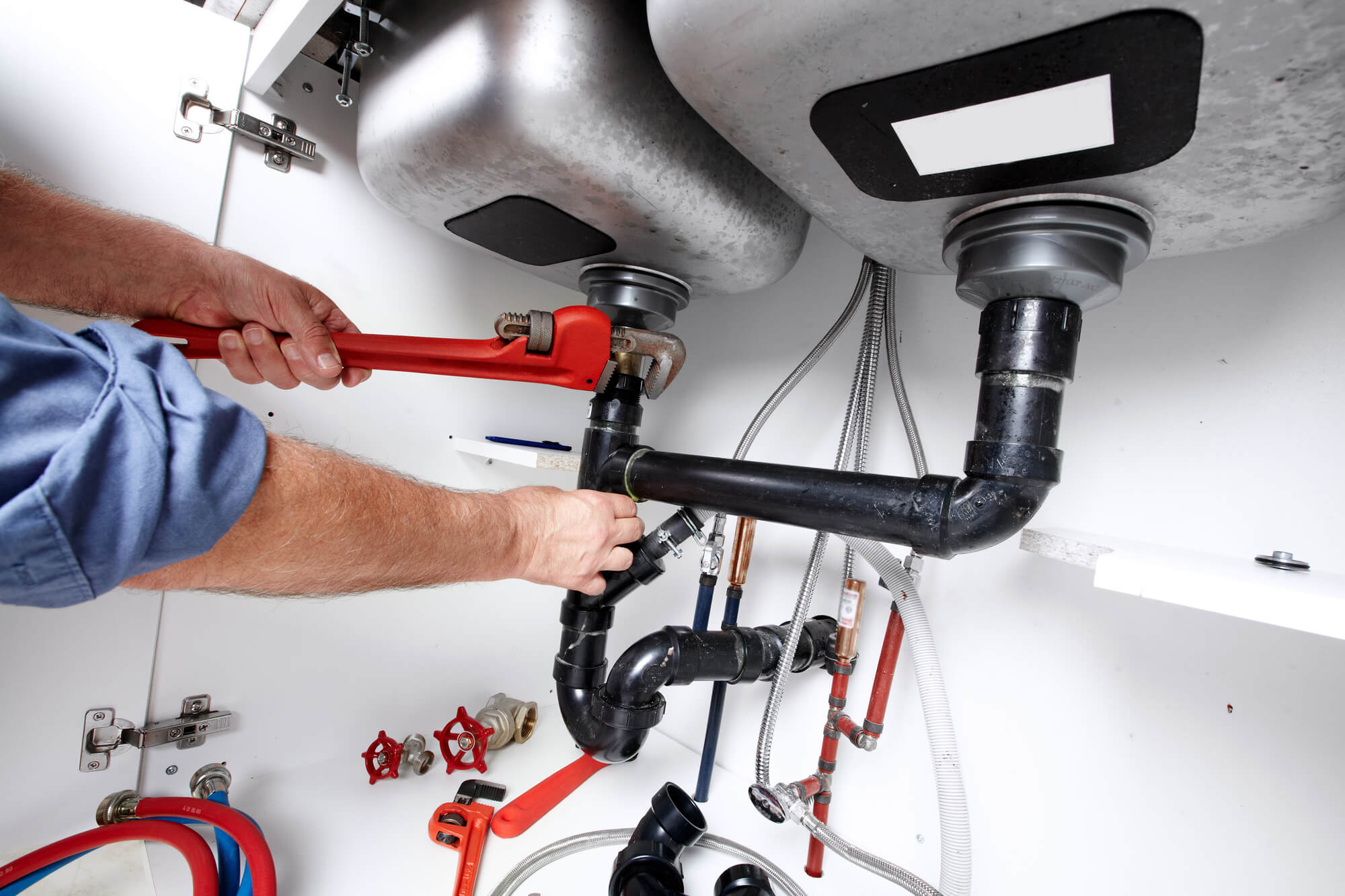
A Deep Dive into Essential Home Plumbing
Understanding the Lifelines of Your Home: An Introduction to Plumbing
Plumbing is the unsung hero of every home, providing a network of pipes and fixtures that deliver essential services for daily living. From clean water supply to efficient drainage, understanding the basics of plumbing is crucial for homeowners. In this comprehensive guide, we’ll explore the essentials of plumbing, covering everything from common issues to preventive maintenance practices.
- Plumbing at a Glance
Plumbing is the system of pipes, fixtures, and other apparatuses that regulate the flow of water, gases, and waste within a building. It encompasses both the supply of clean water for consumption and the removal of wastewater through drainage systems. A well-maintained plumbing system is essential for the health, safety, and comfort of occupants.
Common Plumbing Components and Fixtures
1. Water Supply System
The water supply system brings fresh, clean water into your home. It typically includes a main water line, shut-off valves, and individual supply lines that branch out to various fixtures such as sinks, showers, and appliances.
2. Fixtures and Appliances
Plumbing fixtures and appliances include sinks, faucets, toilets, showers, bathtubs, and appliances like dishwashers and washing machines. These components are connected to the water supply and drainage systems, serving different functions within the home.
3. Drainage System
The drainage system facilitates the removal of wastewater from sinks, showers, toilets, and appliances. It includes drainpipes, traps, and a main sewer line that carries waste away from the home to the municipal sewer system or septic tank.
4. Venting System
Venting is a critical aspect of plumbing that allows air to enter the drainage system, preventing airlocks and ensuring proper drainage flow. Vent pipes extend from drainpipes and exit through the roof, maintaining the balance of pressure within the plumbing system.
Preventing Plumbing Nightmares: A Homeowner’s Guide to Proactive Maintenance
For homeowners eager to avoid plumbing disasters and costly repairs, adopting proactive maintenance practices is essential. Explore this guide to learn preventative measures and keep your plumbing in top-notch condition.
Common Plumbing Issues and Solutions
1. Leaky Faucets and Pipes
Leaky faucets and pipes are common plumbing nuisances that can lead to water wastage and potential water damage. Solutions may involve tightening connections, replacing seals, or, in the case of pipes, applying a patch or replacing the damaged section.
2. Clogged Drains
Clogged drains can occur in sinks, showers, and toilets due to a buildup of hair, soap scum, grease, or foreign objects. Solutions range from using a plunger or drain snake to applying chemical drain cleaners. Preventive measures include installing drain screens and being mindful of what goes down the drain.
3. Running Toilets
A running toilet, characterized by continuous water flow into the bowl, is often caused by a faulty flapper or valve. Replacing these components can resolve the issue and prevent unnecessary water waste.
4. Low Water Pressure
Low water pressure can be attributed to various factors, such as sediment buildup in pipes, a malfunctioning pressure regulator, or a water leak. Identifying the root cause allows for targeted solutions, including flushing the system, adjusting the pressure regulator, or repairing leaks.
Plumbing Maintenance Tips for Homeowners
1. Regular Inspections
Perform regular visual inspections of plumbing fixtures, pipes, and appliances. Look for signs of leaks, corrosion, or damage. Early detection can prevent minor issues from escalating into major problems.
2. Drain Maintenance
Implement routine drain maintenance by using drain screens to catch debris, avoiding the disposal of grease down the drain, and periodically flushing drains with hot water to remove built-up residue.
3. Water Heater Care
Flush the water heater tank annually to remove sediment buildup and ensure optimal efficiency. Check for signs of corrosion or leaks, and replace the anode rod as needed. Regular maintenance can extend the lifespan of your water heater.
4. Insulation in Cold Weather
In regions with cold temperatures, insulate exposed pipes to prevent freezing and potential bursts. Frozen pipes can lead to significant water damage and costly repairs. Proper insulation is a preventive measure that safeguards your plumbing during winter months.
Sustainable Plumbing Practices: A Holistic Approach to Water Conservation
For environmentally conscious homeowners, adopting sustainable plumbing practices is a meaningful way to contribute to water conservation. Explore this guide for eco-friendly plumbing solutions and practices that minimize water usage.
When to Call a Professional Plumber
While many plumbing issues can be addressed with DIY solutions, some situations require the expertise of a professional plumber. Here are scenarios where it’s advisable to seek professional assistance:
1. Major Leaks
If you encounter a major water leak, especially if it involves the main water line or a burst pipe, contact a plumber immediately. Swift action can minimize water damage to your home.
2. Sewer Line Issues
Issues with the main sewer line, such as persistent backups, foul odors, or gurgling sounds, necessitate professional intervention. Sewer line repairs or replacements require specialized equipment and expertise.
3. Water Heater Malfunctions
If your water heater is exhibiting signs of malfunction, such as inconsistent water temperature, strange noises, or leaks, it’s best to consult a plumber. Water heater repairs and installations require technical knowledge and skill.
4. Extensive Pipe Repairs or Replacements
For extensive pipe repairs or replacements, especially if the plumbing system is outdated or showing signs of deterioration, consulting a professional plumber ensures that the work is done correctly and complies with local building codes.
Conclusion: Plumbing Mastery for Homeowners
In conclusion, plumbing is the lifeline of every home, and understanding its fundamentals empowers homeowners to maintain a functional and efficient plumbing system. From addressing common issues to implementing preventative measures and embracing sustainable practices, homeowners can navigate the world of plumbing with confidence. By adopting a proactive approach and knowing when to seek professional help, you can ensure the longevity and reliability of your home’s plumbing infrastructure, creating a comfortable and worry-free living environment.


